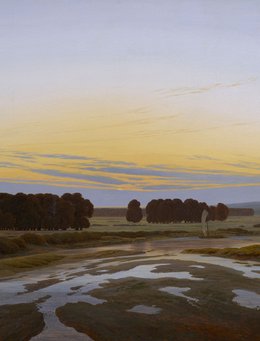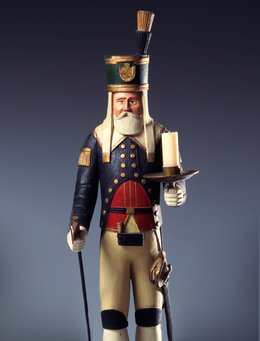[Translate to English:] Höhepunkte der Sammlung
Among the highlights of the collection are Buddhist ritual objects from a temple yurt of West Mongolian Kalmyks in southern Russia – a rarity in European museums – as well as 36 ethnographical objects from the South Pacific and from the northwest American coast, which were collected during the third voyage of the English captain and explorer James Cook (1728–1779).
To highlight particular themes, special exhibitions at the museum are developed using items held in storage. These exhibitions may also incorporate private travellers’ ethnographic collections and photographs, and they present opportunities for collaborations with other institutions.
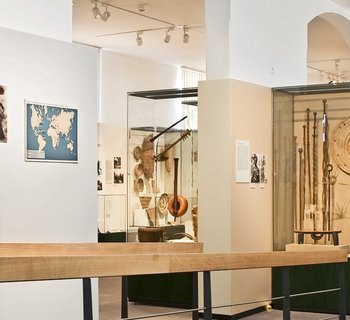
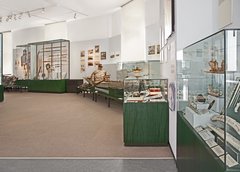
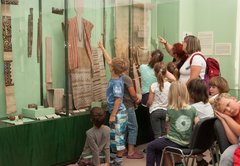
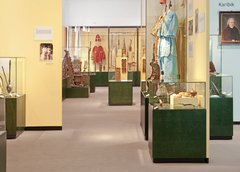
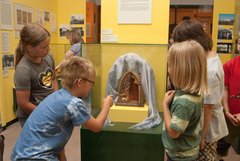
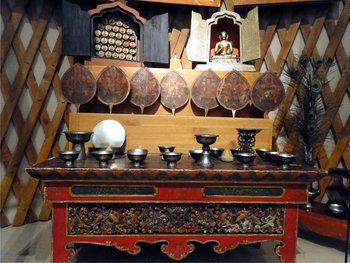

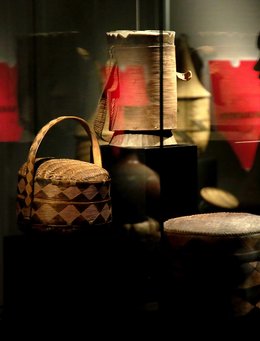
![[Translate to English:] Damaskuszimmer reich verzierte Holztür mit Fenster](/fileadmin/_processed_/e/8/csm_museumvoelerkundedresden-damaskuszimmer-ausstellungsteaser_portal_bafc63a688.jpg)
